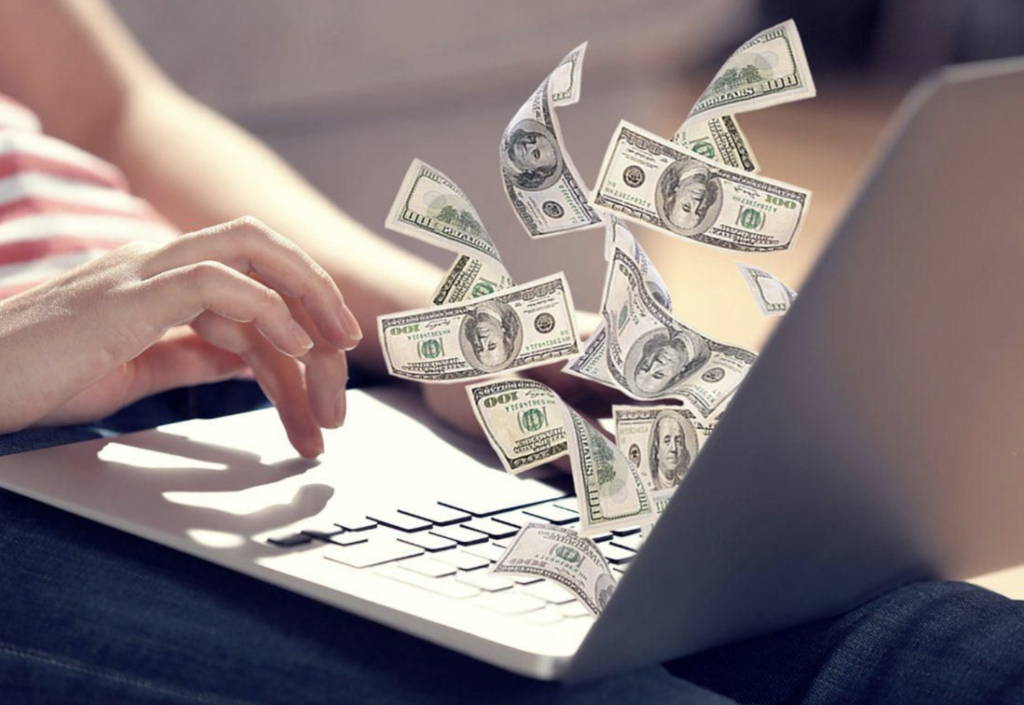Did you know that 80% of $100 that exists circulates outside the United States? It signals people worldwide see the U.S. dollar as a global currency and believe it’s the steadiest one if something goes wrong (inflations, etc.) This is not something only individuals do, but also foreign governments. The difference is, they don’t buy physical dollars, but they purchase U.S. Treasury bonds together with T-bills. It is estimated that China and Japan each own more around $1 trillion U.S. Treasury or even more, and after them comes the U.K. with $372 billion. The third-place belongs to Brazil, holding $283 billion. You would think the euro is pretty big, but it has around 20 per cent worldwide (which is not a small amount, but you can’t compare to the U.S. dollar, really). How did the dollar become the world’s most popular and trusted currency?
World War II
One year before the end of WW2, in 1944 the Bretton Woods Agreement happened. What did it mean for the world? The World Bank and the International Monetary Fund were created, and the U.S. dollar was deemed the new age’s gold. Before World War II, gold was the primary backup for global currencies (and the United States had most of the gold supply), to make it clearer. According to Jonathan Kirshner, the dollar started to dominate the economy thanks to the four main pillars: The U.S. financial institution wealth, America having the lead role in international affairs, the U.S. economy robustness and the belief in the U.S. model of finance.
The exchange rate scheme created in 1944 collapsed during the Richard Nixon regimen in the 1970s when Nixon decided to take the dollar off the gold standard (domestic inflation was happening at the time).
No alternative
Over the years, many reasons swayed the dollar – recession, global crisis, and stock market bubbles. It showed everyone the American financial model wasn’t perfect, and many governments decided to start working with Europe or China instead of America. How did the U.S. dollar stay on top, then? You will be surprised how simple it was – there was no alternative strong enough to replace the dollar as a safe bet.
Don’t there weren’t any discussions about switching to the Chinese RMB or Euro. Even gold was considered, meaning going back to the pre-war monetary system. The U.S. dollar prevailed, because it was easy to convert, and served as a secure, stable and liquid reserve currency. On top of that, the U.S. government doesn’t have to approve any country if they decide to use the dollar as their only currency.
One for all
Like Esperanto among languages, the idea and possibility exist, but nobody will use only one currency as we didn’t adopt one language to understand everyone. The reason is political because one currency would mean the one-world government.
“Optimal currency area” theory suggests a single currency that would operate over small areas rather than continents. Why not continents? Because every country experiences different political and economic conditions, and that’s why it wouldn’t be as effective. Individual needs have to be met, and having only one monetary authority wouldn’t allow it, since monetary policy wouldn’t be suitable for every country.
If you wondered why the euro hadn’t taken the dollar’s place by now, this is the same reason not to mention the Eurozone, which is an entirely different and elaborate topic to go into.
Trading Market
The USD is widely traded and used on the market since it’s very liquid and hard to exchange. For almost the same reasons why the dollar became the “national” currency, it also stays on top of the trading market preferences.
Laila Azzahra is a professional writer and blogger that loves to write about technology, business, entertainment, science, and health.
